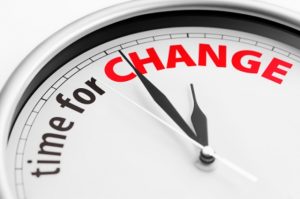
Smart Leaders of Change are Authentic
The most successful companies are led by people who recognize the need for change and manage it well. As I wrote in previous posts, smart

The most successful companies are led by people who recognize the need for change and manage it well. As I wrote in previous posts, smart

Great leaders of change understand the difference between change management and leading change. They lead successful change by setting a course, establishing a culture and

By failing to prepare, you are preparing to fail. ~ Benjamin Franklin Are you a leader of change? I wrote about why this is so

All effective leaders learn to master the C-suite competencies: setting strategic direction; communicating an inspiring mission; understanding financial data; planning and coordinating resources; and ensuring that

Innovation calls for disruption. Disruption leads to change, and sometimes, uncertainty. That’s why smart leaders develop the skills and behaviors necessary to effectively lead and

In the face of today’s challenges, smart leaders can attest to what Marshall Goldsmith famously stated in his book by the same name, “What got

How are you doing on your goal setting for 2018? Have you made a leadership resolution? Maybe you’re immune to change. It doesn’t matter if

2018 is quickly approaching; have you made a leadership resolution for change? Change is hard. The pull toward non-change is often underestimated. As good as our

An organization’s health is only as sound as its leader’s decisions. Some companies prosper from wise leadership directions, while others struggle after flawed choices—choices that

How a leader responds to adversity reveals how effective that leader truly is. Reactions to setbacks or crises not only test leadership character but define

Business is an active, demanding endeavor. Only those who consistently apply themselves succeed. Organizations that thrive require leaders who actively dream, plan, engage, solve, pursue,

Surveys and studies indicate global job dissatisfaction is at a two-decade high. Disengaged employees account for nearly 70 percent of the workforce, which significantly affects







